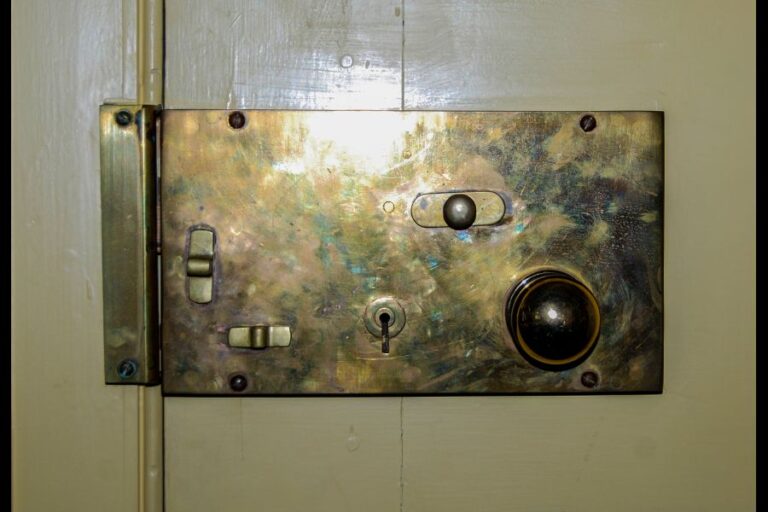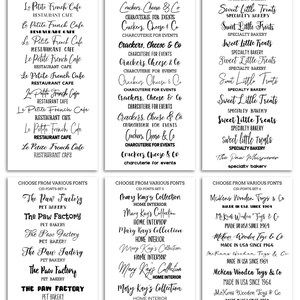

They were 1/4 inch thick, as indicated in the recipe, as well.

That is a huge discrepancy and probably why mine needed to bake longer. So, I got 30 and the recipe developers got 96. It made 30 this size which is very close to the size of the ones I bought at the bakery and exactly the same size indicated in the recipe.

It made a truck load of oatcakes, though not even close to the 8 dozen the recipe says it will make. I followed the instructions on the recipe, and then added about 3 more minutes to get them this brown. Referring back to the original LaHave Bakery Oatcake, I can see that these should have been baked longer. Using a ruler, I just measured off one end, made the cuts and moved each oatcake onto a parchment covered cookie sheet for baking.Ībove, they are baked. I sprinkled the extra oats on for appearance purposes and rolled them in with as little pressure as possible to not move my shape. I didn’t measure the original, but the size of the rolled out dough had to have sides and ends divisible by 2 or 4 to make this possible without waste. I also thought about the size of the rectangles: 4×2 inches made sense to me. I halved it and rolled the dough into two portions to make it easier to work with. I milled my own with my Thermomix.įorm dough into a ball and roll into thick rectangles. I believe the whole wheat flour makes a big difference in the flavour of these oatcakes. You can see the difference by looking at the actual LaHave Bakery Oatcake, above. While I am thrilled to have and share this recipe, The LaHave Bakery Oatcakes are simply better: lighter, more crisp, a little flakier. Yet, it is not always possible to create the food the same way without working beside the master, as an apprentice. It is definitely possible to translate a huge massive recipe into a small home batch. This recipe, at my learned hand, did not produce the oatcakes that I experienced at LaHave Bakery.

The touch, texture, aroma… must be known through experience and is why our heritage recipes are handed down most successfully through the generations. All knowledge, practice, skill and tradition cannot possibly all be recorded into any recipe. And, I will add as important little ditty at this point: bread uses 4 ingredients (flour, water, yeast and salt), yet there are so many different variations of bread made with these 4 simple ingredients, it is mind boggling. Not sure if it’s the same recipe as this other book, but hope this helps! 🙂 Very sweet of them, yet a tad confusing as the recipe linked by my reader is from Elizabeth Baird’s book: Best Recipes of the Maritime Provinces. She showed it to me, and it’s called “Patisseries” by James MacDougall, and it’s been adapted for a “home-sized” batch. If not …… Here is a link to the recipe! Is that not serendipity? The LaHave Bakery Facebook page then responded: I asked the owner about it, and she did say that she gave out the recipe once to a cookbook. Then a dear reader, (and Thermomix owner), Aileen, from Nova Scotia, let me in on another little secret: If you pick up ” Best Recipes of the Maritime Provinces ” by Elizabeth Baird, you have the recipe you seek. Understandably, I was told it was a secret. I found their facebook page and asked them for the recipe. A trademark of this find province, though better known to be a Cape Breton staple, my oatcake experience started at LaHave Bakery. They are scrumpdillyishous! Unforgettable. LaHave Bakery in LaHave, Nova Scotia is famous for its oatcakes.


 0 kommentar(er)
0 kommentar(er)
